In pictures: My toilet
- Published
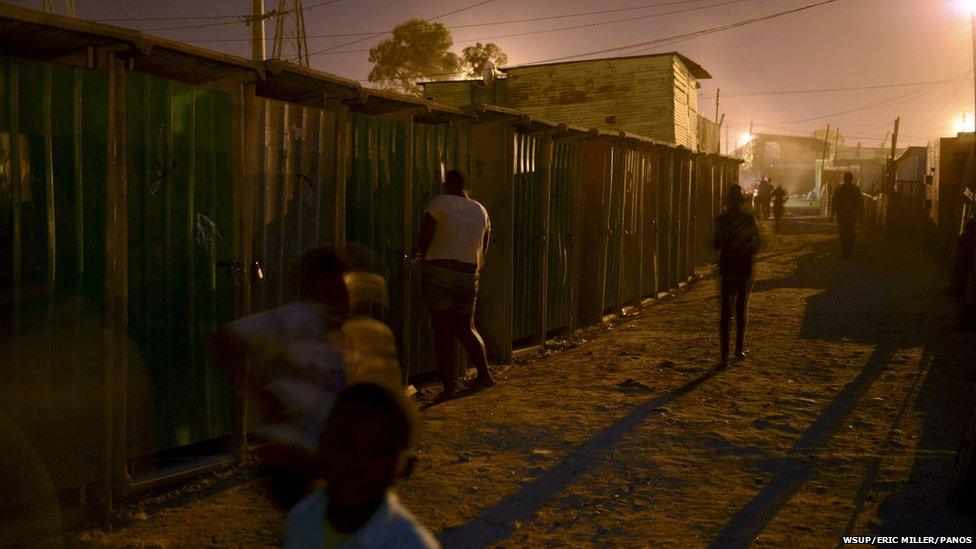
According to the United Nations, 2.5 billion people do not have access to proper sanitation, including toilets. To mark World Toilet Day on 19 November, photographers from Panos Pictures have been working with Water & Sanitation for the Urban Poor (WSUP) to produce an exhibition that documents women and girls with their toilets, showing the effect this has on their lives.
Australia
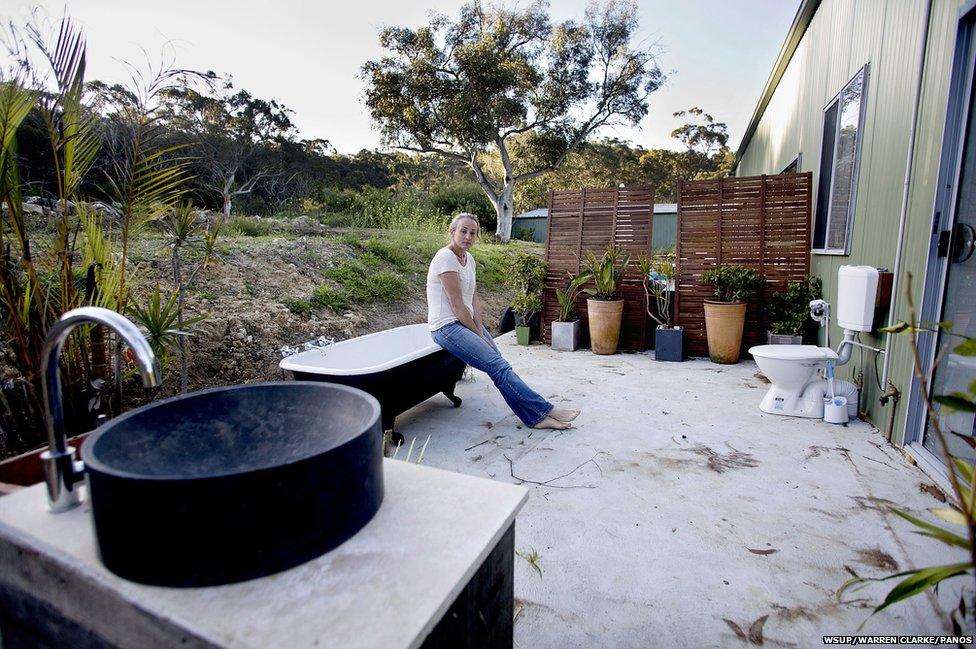
Renee is an artist. She left her former home in the densely populated suburbs of Sydney to live a quieter life in bush surrounds, a one-hour drive north of the city. She has built a shed on 10 acres of land and has an outside toilet. Renee has no concerns about privacy as she is not overlooked by neighbours.

Bangladesh
.jpg)
Sukurbanu, 65, has lived in Rupnagar slum, in Dhaka, since her childhood. She uses a hanging toilet - a platform built over water - from which she recently fell. She says she often suffers from illnesses that she believes are caused by using these toilets. She lives with three daughters, who face long queues to use the toilets before they go to work in the mornings.

Brazil

Isabela, 33, lives alone in a penthouse in Rio de Janeiro. She has an MBA in environmental law and works as a fine artist. "My toilet means comfort to me. But I know what is behind it: water supply, sewerage, pollution of lakes and oceans.
"The fact is that I do like to have a good shower, and for a Brazilian girl like me, it means at least 10 minutes of clean water being wasted. It's a privilege. I have a clean water supply, hot water and a comfortable toilet seat."

Ecuador
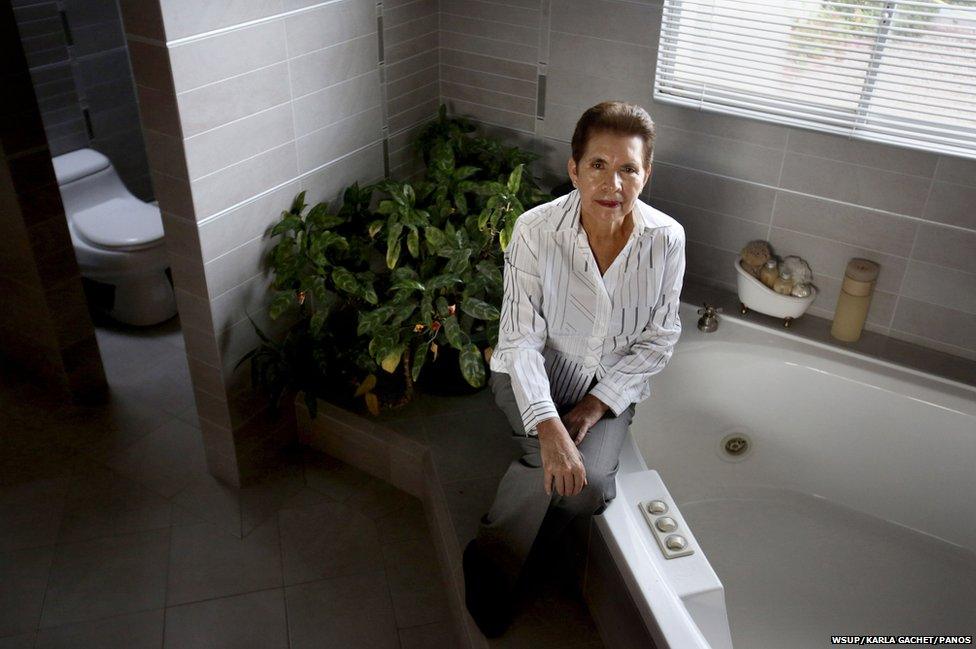
Fabiola, 69, lives in Cumbaya, a valley near Quito. Between the ages of seven and 21, she shared a toilet with 20 other people who lived in her condominium. Now she lives in an apartment, which has five bathrooms. Her bathroom is the biggest one and she is very proud of it.

Ethiopia
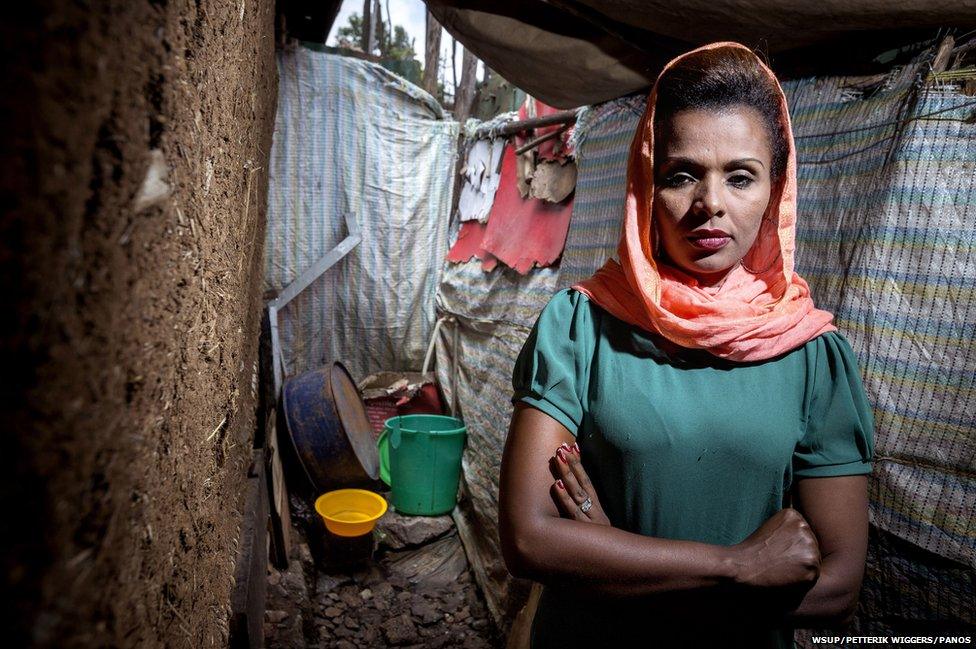
Meseret, a restaurant manager in Addis Ababa, shares a one-bedroom government house with her two children, two sisters and mother. She was widowed nine years ago when her husband was shot during the aftermath of the 2005 elections. Her shared toilet is a long way away, so for safety the family use the side yard next to their house.

Ghana
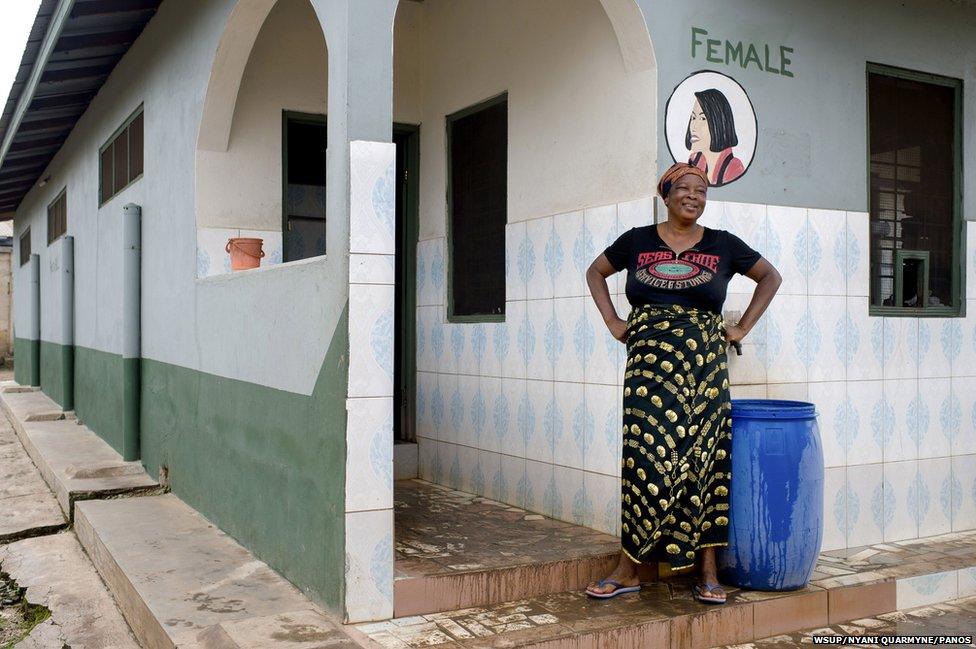
Ima, 47, is a toilet attendant in Kumasi. She lives in a rented room with her husband and four children aged 14-22. She is a very dedicated worker and relies on the income from her job to fund her children's education. She does not have a toilet at home. During the day, she uses the public toilet where she works, but at night she uses a plastic bag as it is not safe to go outside.

Haiti
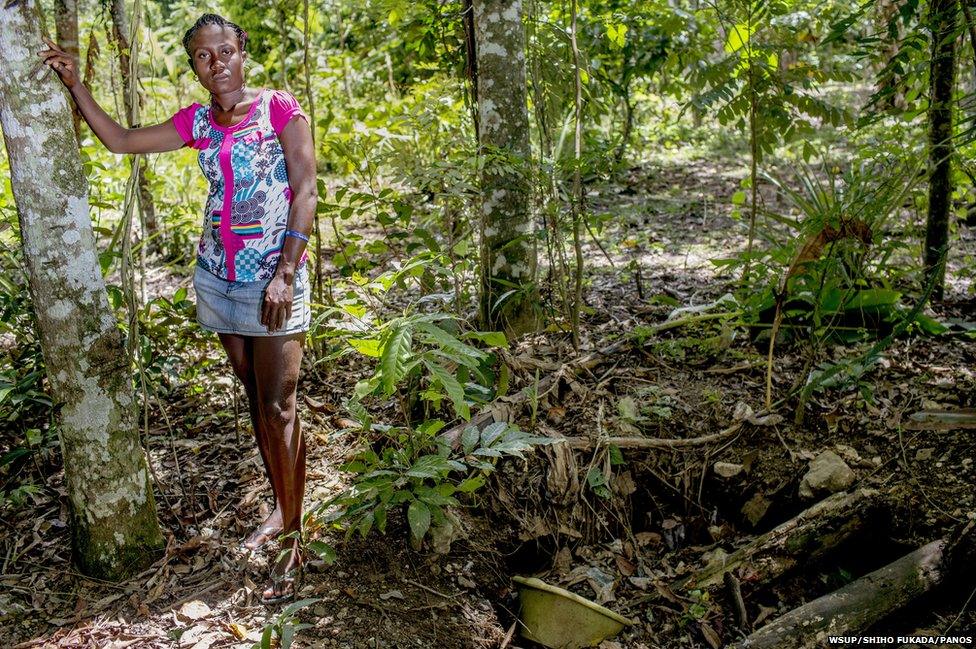
Martine is 27 years old. She lives near a river in Cayimithe. "I don't have an enclosed toilet. My toilet is a hole in the ground by my house, which is now full and has become really dangerous. I only use it at night when I can have some privacy. In the daytime, I use a community toilet which is about 15 minutes away from my house."

India
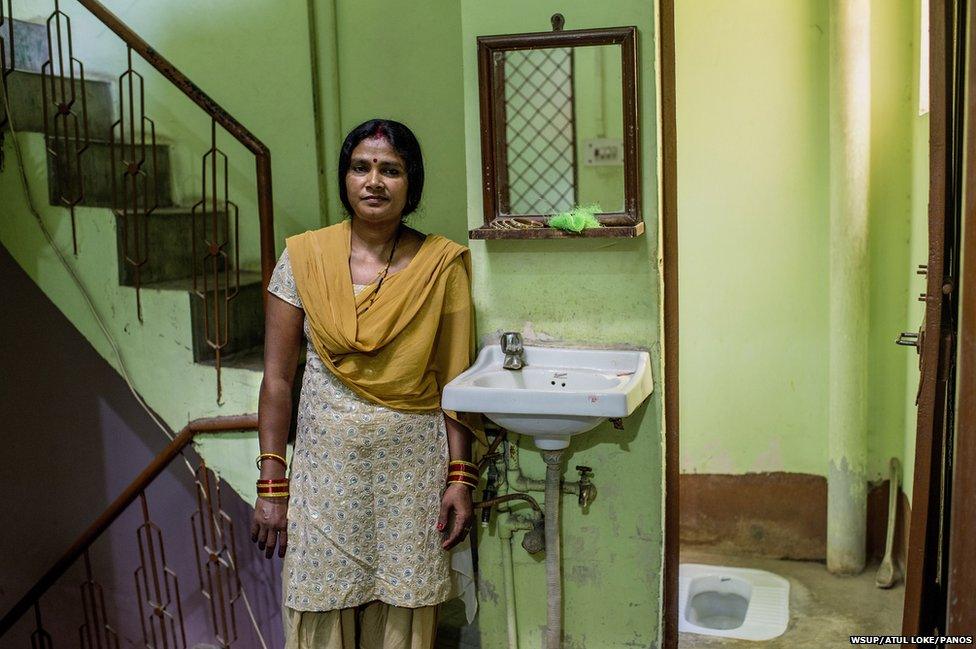
Sangita, 35, moved to Delhi City 10 years ago. Before that she lived in a village where she used to go to the toilet in the fields, and says she felt ashamed of it. This made her adamant that she would have her own toilet in Delhi.

Japan
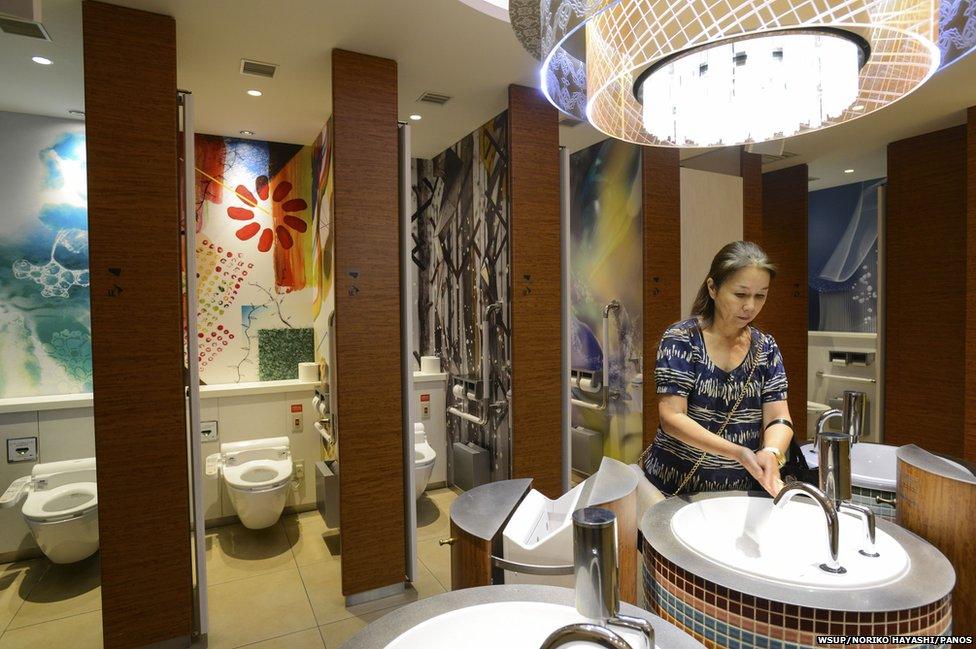
Eiko, 61, lives in Tokyo. "Since this department store is close to my home, I often come here for shopping. When I was a child, the public toilets were not clean and smelled bad, but every time I use the bathroom here, I feel so relaxed. I could spend many hours here."
In this department store, the toilet is called a switch room to describe a special place where people can switch their mood and feel relaxed. The toilets have features like surround-sound music and heated seats. In the powder room next to the toilets, Eiko can charge her mobile phone, watch TV and have a foot massage.

Kenya
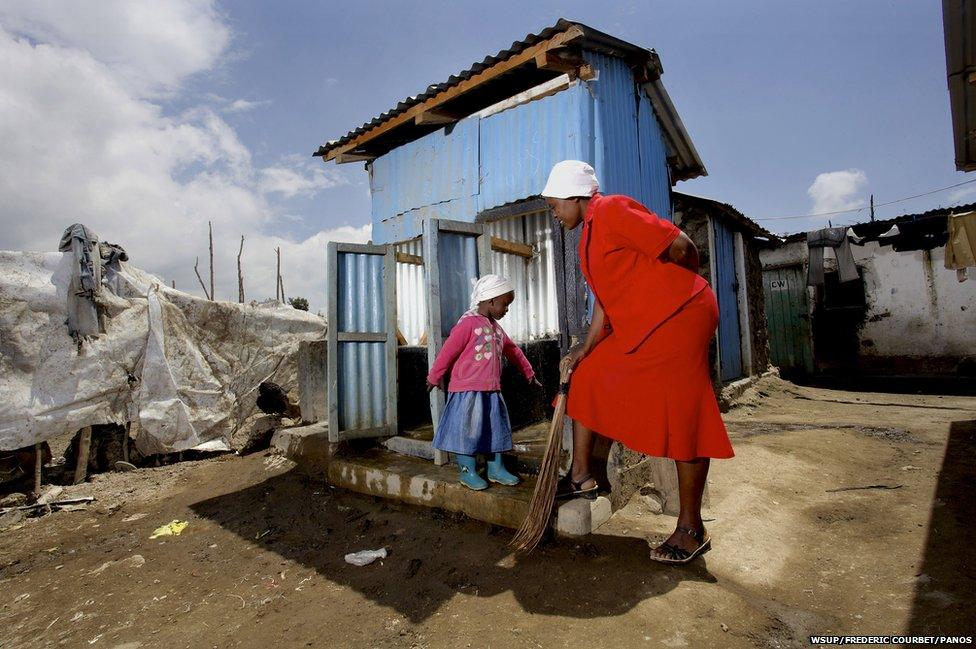
Eunice is the co-founder of Kasarani Academy in Naivasha. Previously, the school had only two toilets for 250 pupils. Tenants living nearby used the toilets as well and left them in a poor condition.
Because of this, Eunice found that the children preferred to go in the open. Eunice and her husband Paul have now invested in child-friendly toilets. These tiny toilets have prevented adults using them as they cannot fit through the doors. "Parents will enrol their children here because of our child-friendly toilets," she said.

Mozambique
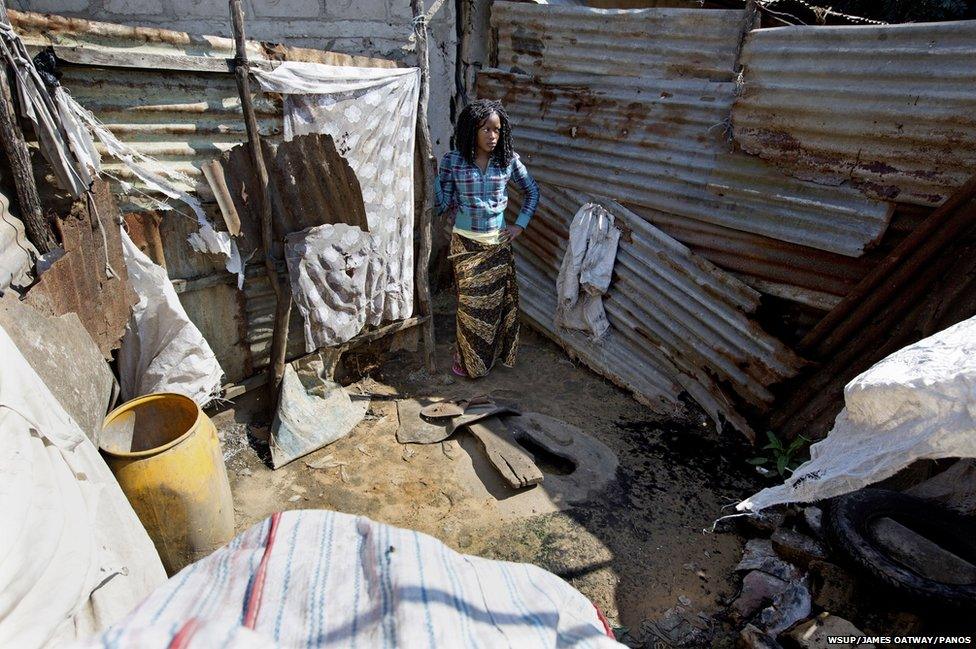
Flora, 19, is a high school student. She lives in Chamanculo C in Maputo with her mother, sister and niece. She shares a toilet with several other families living nearby. "I hate using the toilet. Sometimes men peek over the fence. There is no privacy."

Romania
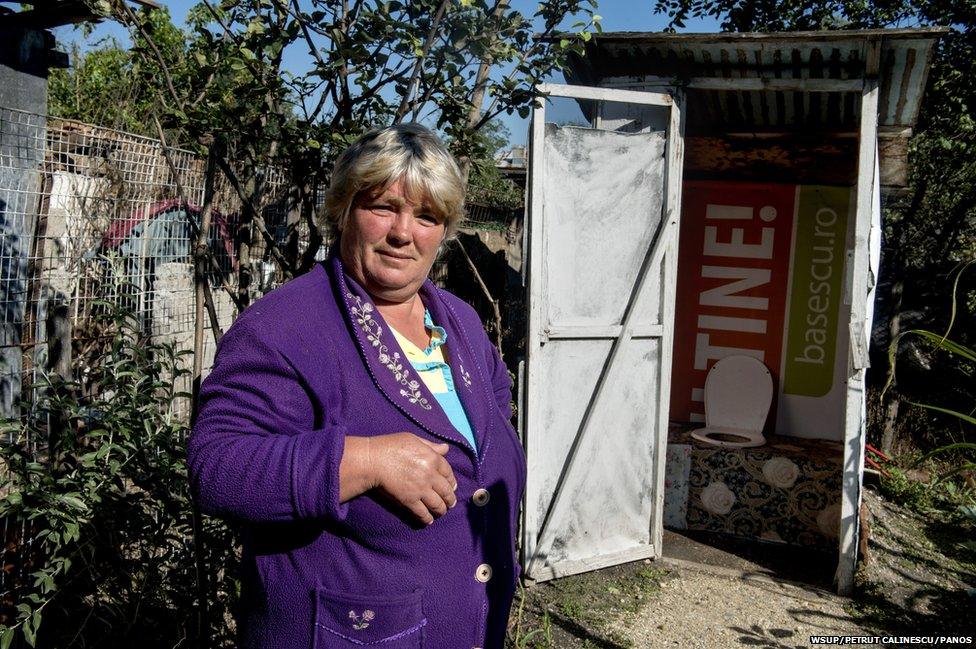
Pana, 49, lives in Buzescu. Like almost half of the Romanian population, she lives in the countryside where there is no running water or sewerage supplied by the municipality. Pana does have a toilet inside her house, but it is used only by her nephews when they visit. She uses the outside toilet, even in the winter.

South Africa
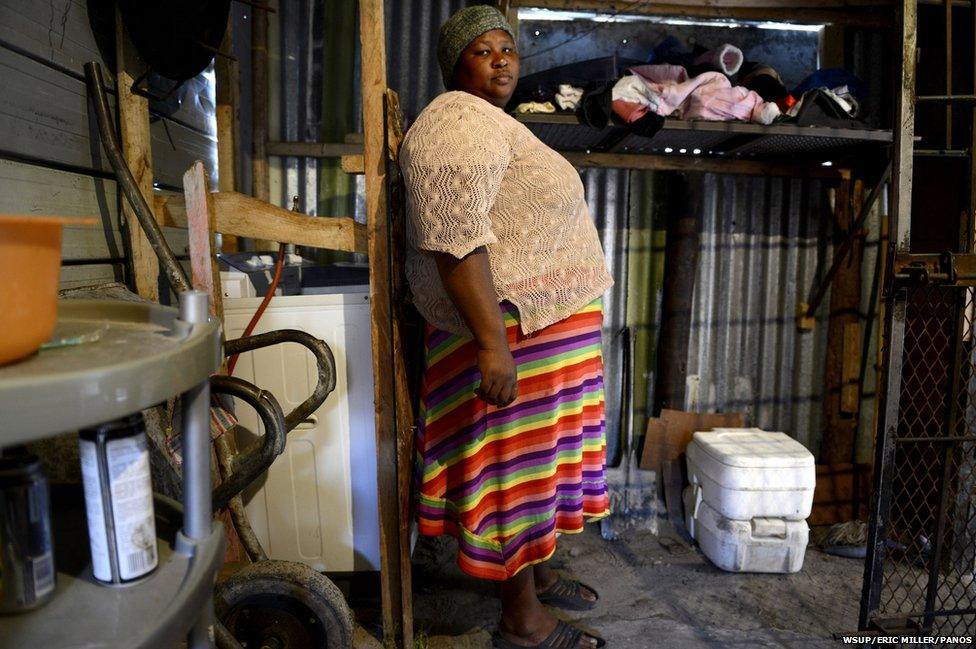
Nombini has two porta-potties, which are used by the 12 people who live in her home. When she first moved to Khayelitsha in 2005, she did not have a toilet so she had to go in the bush, across a main road. "It was terrible in the bush - the cars hit you. When we were given a porta-potty in 2009, it was much better than going in the bush. Flush toilets are first class compared to the porta-potty though. My dream is to have a flush toilet."

United States
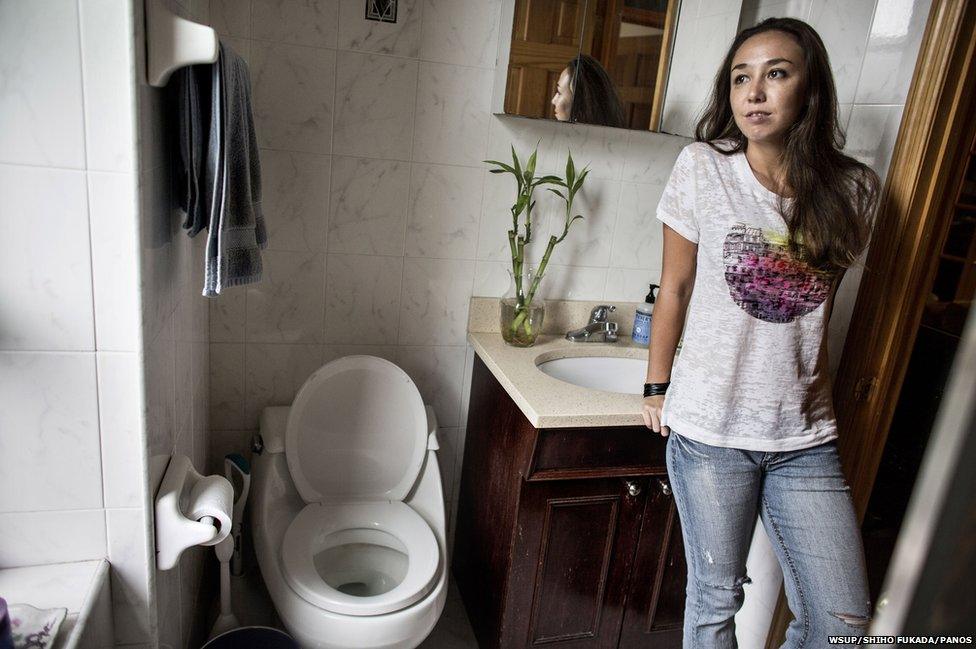
Mary is a writer who lives in New York City. "Living with two housemates, it is important to schedule our bathroom time and take turns cleaning it. I used to live in Beijing, where I had to use a public bathroom as my apartment didn't have a private toilet. While it was safe and relatively clean, I used to hate putting my coat on just to go to the bathroom in the middle of night during winter. That experience made me really appreciate the privacy and comfort of having a clean toilet at home."

Zambia

Susan, 46, is the founder of a community school for children with physical and mental disabilities. "It makes me proud and happy to teach disabled children so that in the future they can have a better life and not just stay at home. I was attacked by polio at the age of two. It's not easy being disabled in Lusaka. Using the toilet is a challenge, especially in the rainy season, as I have to crawl to the toilets on my hands."
My Toilet: Global Stories from Women and Girls, external can be seen at the Royal Opera Arcade Gallery, London, from 17 to 22 November 2014.